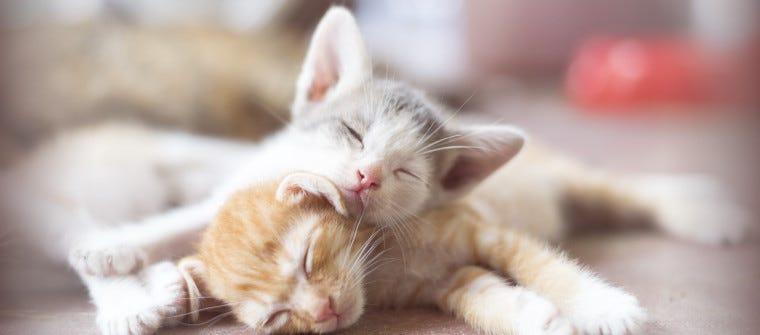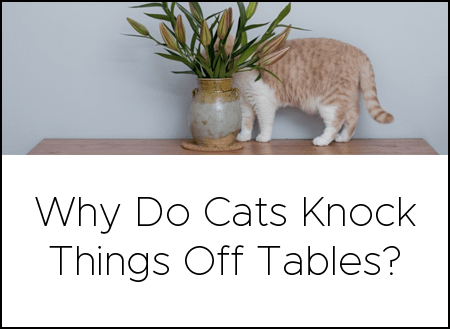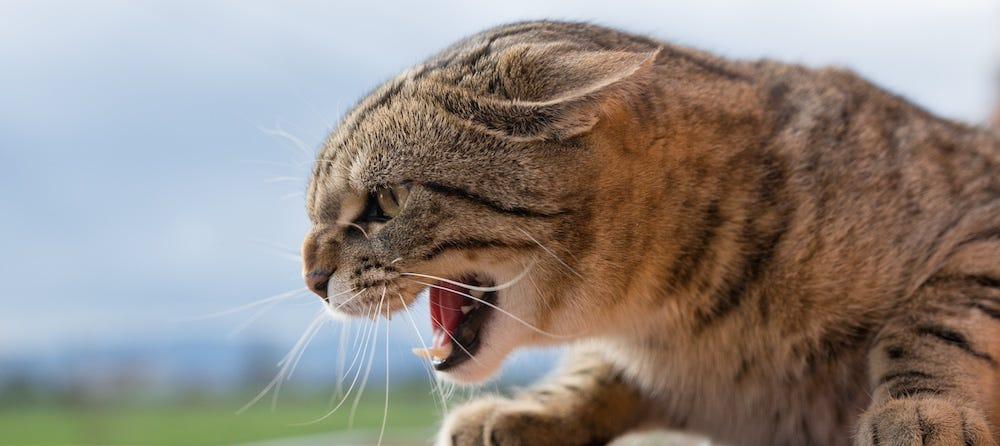Distemper in cats is a rare and devastating, yet totally preventable disease. While we haven’t yet stumbled upon a feline anti-vaxxer movement, it’s always a good idea to remind pet parents about the importance of getting your cat vaccinated early on.
What is feline distemper?
Feline distemper, also known as feline panleukopenia virus (FPV), is highly contagious. It is also one of the deadliest diseases in the unvaccinated cat population. FPV doesn’t affect a cat’s temperament; instead, the virus attacks the body’s defense cells, primarily the blood cells in the intestinal tract, bone marrow, and skin.
How is feline distemper spread?
Distemper in cats is usually spread by coming in contact with one of the following:
- An infected cat
- Infected blood, feces, urine, or other bodily fluids—including those found on people who have not washed their hands appropriately or have not changed clothing between handling cats
- Contaminated items in the environment, such as bedding, food dishes, litter boxes, and equipment used by other cats
According to Vetstreet, “once a cat is infected with FPV he is capable of shedding the virus in body fluids (most notably in urine and feces) for a few days to up to six weeks. If another cat encounters an infected cat (or its body fluids) during this time, transmission is likely.”
The disease can also live in the environment, such as on contaminated bedding, for up to two years. This is why vaccination is the best preventative available.
Symptoms of distemper in cats
Symptoms of feline distemper generally include:
- High fever
- Vomiting
- Diarrhea/bloody diarrhea
- Dehydration
- Lethargy
- Weight loss
- Anemia (due to lowered red blood cells)
- Rough hair coat
- Depression
- Complete loss of interest in food
- Hiding
- Neurological symptoms (such as lack of coordination)
PetMD states that kittens that are 2-6 months old are at highest risk for developing severe disease symptoms, as well as pregnant cats and immune-compromised cats. Kittens can acquire this disease in utero or through breast milk if the pregnant or nursing mother is infected. Generally, the prognosis is not good for kittens that have been exposed to this virus while in the womb. Kittens may also be exposed in catteries, pet stores, shelters, and boarding facilities.
Diagnosis and treatment
To diagnose distemper in cats, a veterinarian will perform a physical examination with routine laboratory tests. The vet will primarily conclude that a cat is infected with FPV depending on the magnitude of blood cell loss.
No medication can eradicate feline distemper once a cat is infected. Treatment is about managing symptoms and providing supportive care, including hospitalization to restore body fluid levels and electrolyte balance.
Unfortunately, mortality is as high as 90 percent for FPV. However, cats that do survive are immune to any further infection with this virus.
If a cat infected with FPV is well enough to come home, he will need to be quarantined from other cats in the house. Strict hygiene will need to be practiced to prevent the infection from spreading via contaminated surfaces.
Preventing distemper in cats: When to vaccinate
There is no excuse not to vaccinate your cat against feline distemper! The vaccination is inexpensive and so effective that just one dose prevents most infections. Before bringing home a new kitten or cat, find out whether he has been vaccinated, especially if you have other cats in the house.
Kittens should be vaccinated against FPV at 6-8 weeks old, followed by booster vaccinations every three to four weeks until 12-16 weeks of age. Boosters may also be given every one to three years, depending on exposure risk.
Let’s make sure our kitties never have to face feline distemper. This entirely preventable disease reminds us that we need to take advantage of every opportunity presented to keep our pets healthy and happy.
Sources:
Recommendations









